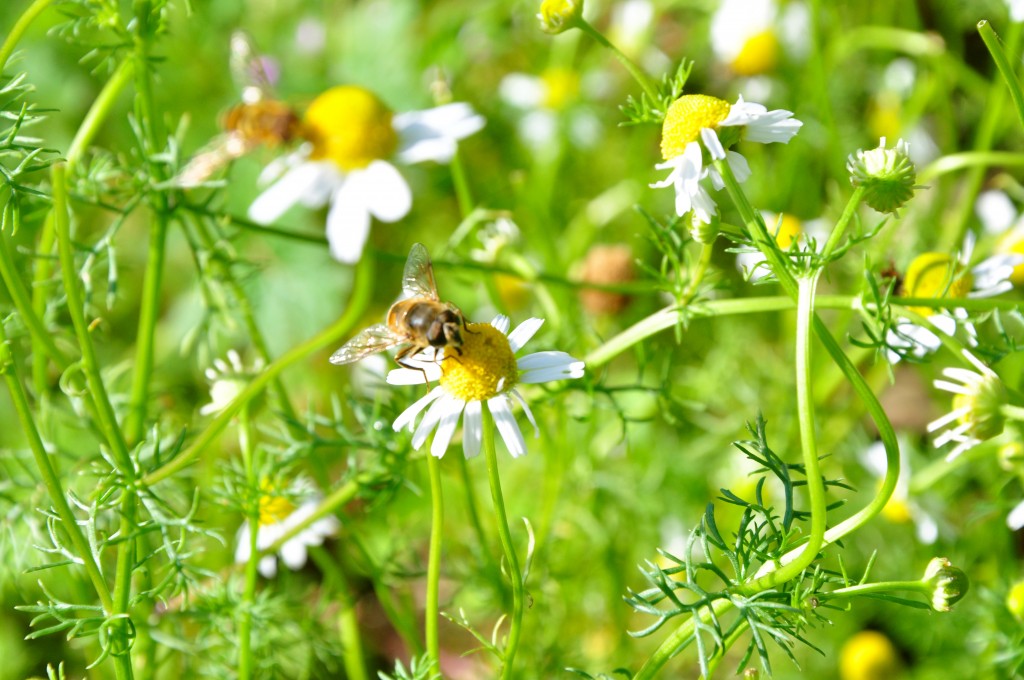Although our group has had a thorough understanding of what we would be doing for this project, we have been feeling a bit stuck for a while without knowing where the information that we were researching around the garden would be going. Fortunately, this week, some of our group members met with Eduardo, one of our community liaisons, and Duncan of the LFS Information Technology department. This meeting has finally allowed us to really start to dig into our project; we were finally given clear directions on what our community partner would like us to do and the format in which we can publish our work.
The next step will be to assign native plants from the IAH garden to each one of our group members to thoroughly research medicinal, culinary and cultural uses. But first we must determine which plants are native! We expect this will require ongoing conversations with Hannah and others at the IAH, as we work.
The database that we will be working on will be operating within the UBC Wiki. A wiki format is easy to use and involves very simple coding, so we will be able to focus on the content of our wiki entries rather than the formatting of the database itself. This is a relief to many of us since are aren’t incredibly tech-savvy, and we had discussed our concerns about the possibility that the format would obstruct our ability to use the database. An easy-to-use format will also make it much more possible for future LFS groups to further build the database. The information that will be posted in the Wiki will be embedded into a UBC website which can also host future LFS projects on the use of plants by other indigenous communities.
Eduardo also showed us a few plant databases as examples of what we could do once we start posting on the website and how to format and organize our posts. These databases are interesting and helpful but are definitely more complex than ours will be. One of these was the E-flora BC plant identification database that was created by the Geography faculty here at UBC. It is very detailed, containing in-depth ecological information about the plants that we will be covering in our wiki, but no cultural information about the use of these plants. We will be linking the appropriate E-flora BC page that corresponds to the plant, in order to give the readers a link to all the ecological and descriptive characteristics of the plants, as well as the cultural use of the plants from our database.
This means that our main research will mostly consist of how the Aboriginal communities in British Columbia use native plants for food and medicinal purposes, without going into details on the physical characteristics of the plants. By linking our database to others we hope to expand and create more connections within the existing network of botanical and ethnobotanical information that is already available.
For all of our plant posts, we will be taking our own pictures of the plants in order to avoid copyright issues. We have discussed the idea that the cultural information surrounding the plants should be prioritized to be accessible for the Aboriginal community themselves, who have provided all the information that we are using, including what we obtain through secondary sources. Although it is not strictly stated in our instructions to do so, we are wondering how we can assure that this information will be accessible to the communities to which this knowledge belongs. We suggested this could be done through links to the UBC Wiki and LFS website on the UBC farm page, and letting local communities know about the database we are creating. Members of our group, or our community liaison Hannah, can pass on links to our database through the newsletters and listservs that go out to Aboriginal community members.
By next week we hope to have the first drafts of our research material about the native plants and their Aboriginal uses posted on our wiki page.

